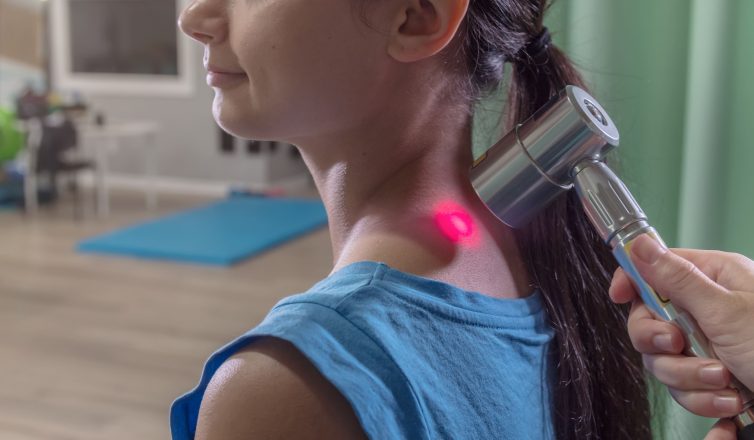High intensity laser therapy (HILT) and low level laser therapy (LLLT) are two distinct approaches to laser therapy. Understanding the differences between these therapies is essential for making informed decisions about treatment options.
High Intensity Laser Therapy (HILT)
HILT is a therapeutic technique that utilizes a high-power laser to deliver targeted energy to the affected area. It is known for its deep tissue penetration and the ability to stimulate cellular activity and promote healing. HILT is commonly used for pain management, tissue repair, and inflammation reduction.
Low Level Laser Therapy (LLLT)
LLLT, also referred to as cold laser therapy, utilizes low-intensity lasers or light-emitting diodes (LEDs) to deliver light energy to the treated area. LLLT operates at lower power levels and is primarily used for superficial tissue treatments, such as wound healing, pain relief, and skin rejuvenation.
Differentiating Factors
Power and Energy Levels
HILT employs higher power and energy levels compared to LLLT. This allows for deeper tissue penetration and more intense therapeutic effects. In contrast, LLLT operates at lower power levels, making it suitable for superficial applications.
Treatment Depth and Penetration
HILT can penetrate deeper into the body, reaching structures like muscles, tendons, and ligaments. In contrast, LLLT is primarily effective for treating superficial tissues such as the skin, scars, and minor injuries.
Treatment Intensity and Duration
HILT sessions are typically shorter in duration due to the higher power levels used. However, the intensity of treatment may be higher, resulting in immediate effects. LLLT sessions are longer but often provide gradual, cumulative benefits over a series of treatments.
Clinical Applications
HILT is commonly used for conditions like chronic pain, sports injuries, arthritis, and musculoskeletal disorders that require deep tissue penetration. LLLT is often employed for wound healing, dermatological conditions, and surface-level pain management.
Effectiveness and Efficacy
Both HILT and LLLT have demonstrated effectiveness in various clinical studies. The choice of therapy depends on the specific condition being treated and the desired treatment outcomes. Consulting with healthcare professionals can help determine the most suitable therapy for an individual’s needs.
Safety Considerations
HILT and LLLT are generally safe with minimal side effects when performed by trained professionals. However, there are certain contraindications and precautions to consider, such as avoiding direct exposure to the eyes or treating areas with active malignancies.
Choosing the Right Therapy
When considering HILT or LLLT, factors such as the nature of the condition, treatment goals, depth of tissue involvement, and individual patient factors should be taken into account. Consulting with healthcare professionals will ensure the most appropriate therapy is selected.
Your Health Come First
Understanding the differences between High Intensity Laser Therapy (HILT) and Low Level Laser Therapy (LLLT) is crucial for making informed decisions about treatment options. Each therapy offers distinct advantages and is tailored to specific conditions and treatment goals.
Your well-being is our priority at Health First Spine & Wellness. We are committed to providing exceptional care and ensuring your comfort throughout the treatment process. Our licensed professionals are ready to identify your symptoms and set you up for your first session. Don’t hesitate to reach out to us and take the first step towards improved health and quality of life. Contact Health First Spine & Wellness today and embark on a journey towards optimal wellness and pain-free living. Your health is worth investing in, and we are here to support you every step of the way.
